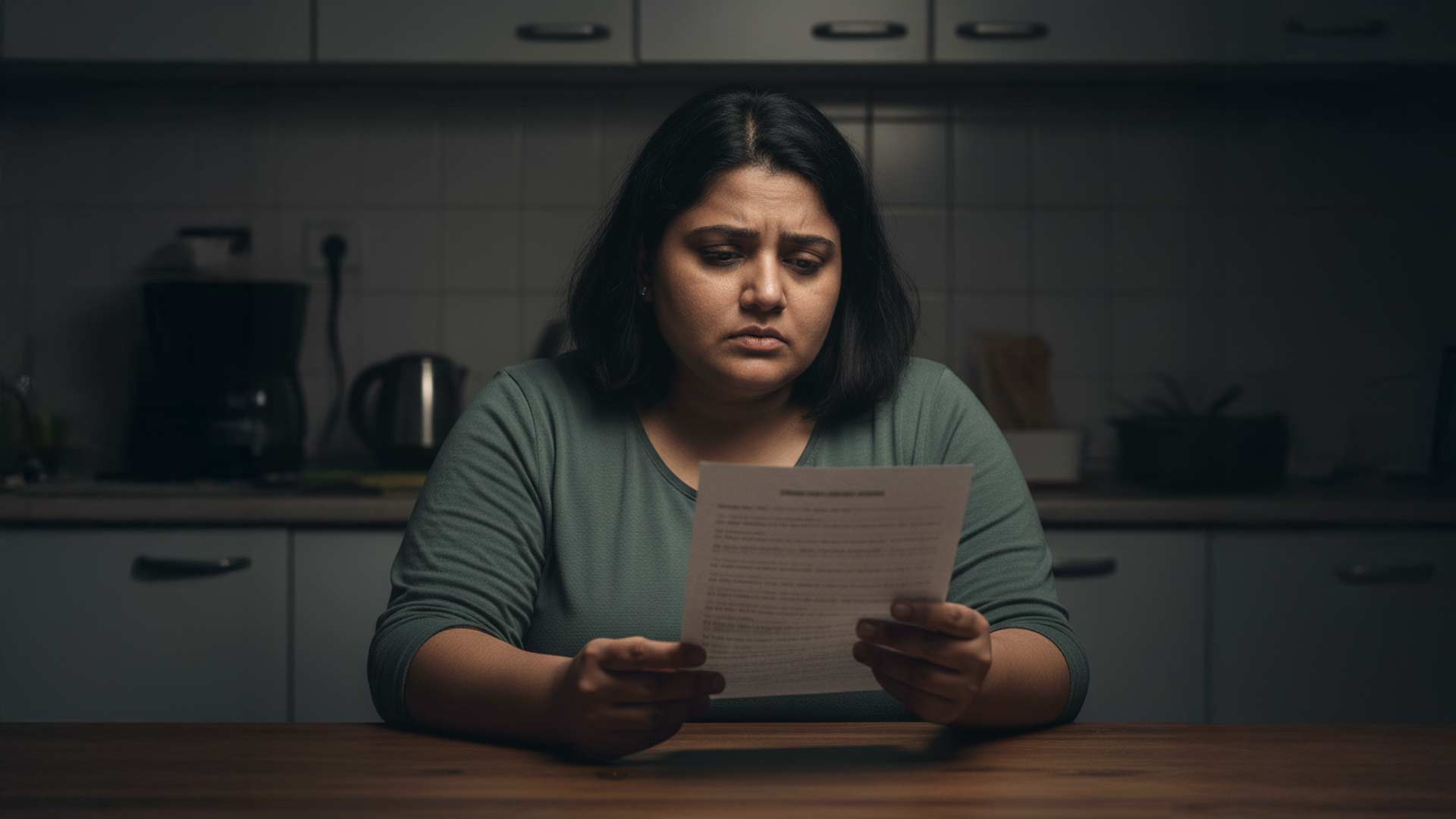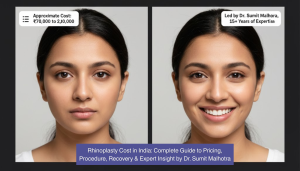Undergoing liposuction is a life-changing decision — it can redefine your body contours and restore confidence. But while most people focus on the surgery itself, what truly determines success is the recovery phase. Proper after-care not only speeds up healing but also ensures smooth, sculpted, and long-lasting results.
According to Dr. Sumit Malhotra, a leading plastic & reconstructive surgeon in Lucknow, “Liposuction recovery is a partnership between the surgeon and the patient. Following post-operative instructions carefully is the key to achieving the desired outcome safely.”
If you’re planning or have just undergone liposuction, this guide will help you understand the five most important tips for a faster and safer recovery, along with expert advice from Dr. Malhotra.
1. Follow Your Surgeon’s Post-Operative Instructions to the Letter
The single most important recovery tip is to strictly follow your surgeon’s guidelines. Liposuction involves the removal of fat cells through small incisions, and the healing process requires your body to adjust to its new shape.
Dr. Sumit Malhotra emphasizes that every patient’s recovery plan is personalized:
“Even though most liposuction procedures share the same principles, the after-care varies depending on the areas treated, amount of fat removed, and patient’s general health.”
Typical post-surgery instructions include:
- Wearing compression garments for several weeks to minimize swelling and help skin retract smoothly.
- Taking prescribed antibiotics and pain relief exactly as directed.
- Avoiding strenuous activity during the initial recovery period.
- Keeping incisions clean and dry to prevent infection.
Ignoring even small details — like removing compression wear too soon — can affect the final contour and slow healing.
Pro tip: Always keep your surgeon’s contact handy and don’t hesitate to ask questions if you notice unusual symptoms such as redness, discharge, or fever.
2. Wear Your Compression Garments Properly and Consistently
Compression garments are your best friends during recovery. They’re not just for comfort — they’re essential for optimal healing and body shaping.
Dr. Sumit Malhotra explains:
“Compression garments reduce fluid buildup, control swelling, and help the skin adhere smoothly to the underlying tissue. They’re crucial for contour definition after liposuction.”
Here’s how to make the most of them:
- Duration: Most patients need to wear them 24 hours a day (except while bathing) for at least 4–6 weeks.
- Fit: The garment should feel snug but never overly tight. If you feel numbness or restricted breathing, contact your surgeon.
- Hygiene: Wash garments regularly to maintain cleanliness and prevent infection.
Consistent use of compression wear can drastically improve final results, ensuring the sculpted look you paid for stays even and natural.
3. Manage Swelling and Bruising Smartly
Mild swelling, bruising, and numbness are normal after liposuction — they’re simply signs that your body is healing. These symptoms usually peak within the first 7–10 days and gradually fade over the next few weeks.
Dr. Malhotra advises patients not to panic:
“Swelling is temporary, but how you manage it determines how quickly it subsides. Gentle care and patience are your best tools.”
Effective ways to manage swelling:
- Stay hydrated: Water helps flush out anesthetic fluid and toxins. Aim for 2–3 liters daily.
- Light walking: Gentle movement improves circulation and reduces fluid retention.
- Elevate treated areas: If liposuction was performed on the abdomen or legs, elevating those parts can help drain excess fluids.
- Cold compresses: Apply cold packs in short intervals during the first few days to relieve discomfort.
Avoid hot showers, massages, or saunas early on, as they can worsen swelling.
4. Eat Nutritious Meals and Stay Hydrated
What you eat during recovery directly affects how your body heals. A balanced, nutrient-rich diet provides the vitamins and proteins necessary for tissue repair and boosts your immune system.
Dr. Sumit Malhotra recommends a recovery-friendly diet that includes:
- Lean proteins such as chicken, fish, eggs, tofu, and lentils to repair tissue.
- Fruits & vegetables rich in antioxidants (berries, spinach, carrots) to fight inflammation.
- Whole grains for steady energy levels.
- Hydration — plenty of water, coconut water, and herbal teas to prevent bloating and promote detoxification.
Avoid:
- Processed foods, refined sugars, and excessive salt — they increase inflammation and swelling.
- Alcohol — it slows down healing and may interfere with medications.
- Smoking — it restricts oxygen flow, delaying wound recovery.
As Dr. Malhotra puts it: “Your diet after liposuction is like the foundation of a building — if it’s weak, results may not last. A strong nutritional plan helps your body settle into its new shape smoothly.”
5. Be Patient and Let Your Body Heal Naturally
In an age of instant results, many patients expect to see their final body shape within a week. The reality is that complete healing takes time — typically 3–6 months before the final contour is fully visible.
Dr. Sumit Malhotra always reminds his patients:
“Don’t rush the process. The body needs time to adjust. Following recovery instructions and giving yourself grace leads to the best long-term outcome.”
Typical Recovery Timeline:
- First Week: Swelling, bruising, and mild discomfort.
- Weeks 2–4: Noticeable reduction in swelling; start feeling more energetic.
- Weeks 5–8: Shape begins to refine; resume normal activities gradually.
- Months 3–6: Final contours become visible and skin tightens completely.
Overexerting yourself too soon or neglecting rest can slow recovery or cause irregularities. Always listen to your body — rest when tired, move when ready.
Bonus Tips for Optimal Recovery
While the top five are essentials, a few bonus practices can further improve your healing experience:
- Gentle Lymphatic Drainage Massage: After your surgeon’s approval, professional lymphatic massages can speed fluid drainage and reduce swelling.
- Sleep Position Matters: Sleep on your back with slightly elevated legs or torso to minimize fluid retention.
- Stay Positive: Recovery isn’t just physical — mental well-being plays a major role. Stay patient, track your progress with photos, and celebrate small milestones.
- Avoid Sun Exposure: Protect incision areas from direct sunlight for at least 3 months to prevent darkening or scarring.
What to Expect Emotionally During Recovery
Post-liposuction recovery can bring emotional highs and lows. Some patients feel anxious or impatient as swelling hides results temporarily.
Dr. Sumit Malhotra reassures patients that this is completely normal:
“It’s common to feel frustrated during the early healing stages. But once the swelling reduces and the body settles, satisfaction and confidence soar.”
Having realistic expectations and staying in touch with your surgeon’s office helps you remain calm and focused on progress rather than perfection.
When to Call Your Surgeon
Although complications are rare under experienced surgeons, it’s crucial to know when to seek immediate medical attention. Contact your doctor if you notice:
- Persistent or worsening pain despite medication
- Fever above 101°F (38°C)
- Redness or pus around incisions
- Uneven swelling, lumps, or severe bruising
- Shortness of breath or dizziness
Choosing an experienced specialist like Dr. Sumit Malhotra in Lucknow minimizes such risks, thanks to his meticulous surgical technique and detailed post-operative monitoring.
Long-Term Care and Maintaining Results
Healing doesn’t stop once the swelling fades. To preserve your results long-term:
- Maintain a balanced diet and stable weight.
- Exercise regularly (after medical clearance).
- Continue healthy lifestyle habits — avoid smoking and stay hydrated.
- Follow up visits: Regular check-ups allow your surgeon to monitor healing and guide you on next steps.
Dr. Malhotra highlights: “Liposuction gives you a sculpted foundation — what you build on it through healthy living decides how long results last.”
Common Myths About Liposuction Recovery
Let’s debunk a few misconceptions:
- Myth 1: Recovery is extremely painful.
Truth: With modern techniques and prescribed pain relief, discomfort is mild and manageable. - Myth 2: You can resume exercise immediately.
Truth: Wait at least 3–4 weeks before light workouts, and always get clearance first. - Myth 3: Results are visible right after surgery.
Truth: Swelling hides final results for weeks; patience reveals the true outcome. - Myth 4: Massage or sauna can speed healing.
Truth: Only start such activities after your surgeon’s approval — premature pressure can delay healing.
Frequently Asked Questions (FAQs)
Q1. How long does liposuction recovery take in 2025?
Most patients can resume work within 7–10 days, though full healing and skin tightening may take 3–6 months.
Q2. When can I start exercising again?
Light walking after a few days is fine, but avoid gym workouts until your surgeon approves — usually 4–6 weeks post-surgery.
Q3. Can I drive after liposuction?
You can drive once pain medication is discontinued and you feel comfortable moving, typically after a week.
Q4. Will there be scars?
Liposuction uses tiny incisions (a few millimeters) that fade over time. Proper care and sunscreen use minimize their visibility.
Conclusion: Healing Right for Lasting Results
Recovery is where your liposuction transformation truly takes shape. Following your surgeon’s advice, maintaining healthy habits, and allowing time for your body to adjust are the pillars of success.
As Dr. Sumit Malhotra, an experienced plastic surgeon in Lucknow, summarizes:
“Liposuction isn’t just about removing fat — it’s about restoring proportion, confidence, and health. When recovery is respected, results last beautifully.”
By embracing patience, discipline, and proper self-care, you’ll enjoy not only a faster recovery but also a more sculpted, confident version of yourself that endures for years to come.





